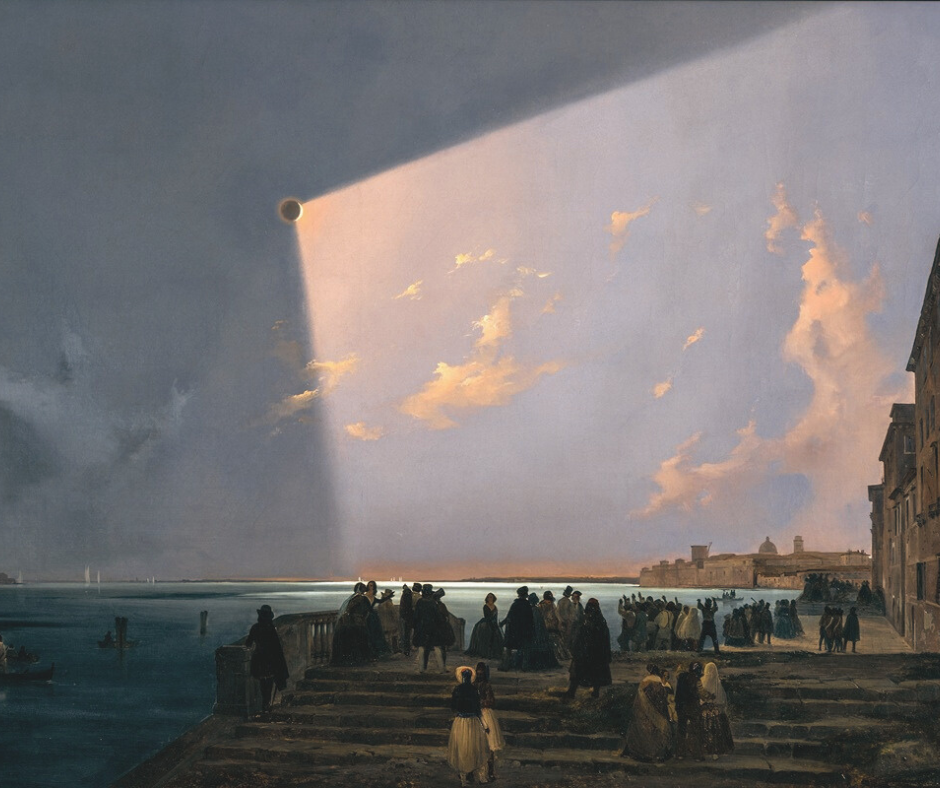

The Pagan Roots of Celebrating Equinoxes, Eclipses, and Other Natural Phenomena
Summary
Reflection Questions
Journal Prompt
Many of the natural phenomena (like the winter solstice and the autumn equinox) we celebrate today was first honored by pagan festivals and traditions. In this article, we delve into the pagan origins of celebrating natural phenomena, with a particular focus on equinoxes and eclipses. Throughout history, these celestial events have held significant meaning in various ancient cultures, viewed not only as astronomical occurrences but also as pivotal moments imbued with spiritual and mystical significance. We will trace how these ancient beliefs and rituals, deeply rooted in the reverence of nature’s cycles, have shaped and continue to influence modern-day celebrations and observances. By understanding the historical and cultural context of these practices, we gain insight into their enduring impact on contemporary societies around the world. Read on to learn all about how pagan holidays set the stage for many traditions we still observe today.
Understanding Pagan Religions, Traditions, and Practices
Paganism, in its broadest sense, refers to religious traditions and practices that are distinct from the major world religions, particularly those outside of the Abrahamic faiths (Judaism, Christianity, Islam). It is often characterized by a polytheistic or pantheistic belief system with a deep reverence for nature. Historically, ‘pagan’ was a term used by early Christians to describe people in the Roman Empire who practiced polytheism or other non-Christian religions.
Overview of Pagan Beliefs and Practices
Pagan beliefs and practices are diverse, varying widely across different cultures and historical periods. Generally, they center around a reverence for nature, the worship of multiple deities, and the celebration of seasonal cycles.
Rituals and ceremonies in paganism often involve elements like ritual dances, offerings, and the use of symbols and talismans. Many pagan traditions also emphasize the importance of personal spiritual experiences and a harmonious relationship with the natural world.
Let’s take a closer look at Ancient Roman and Ancient Celtic traditions. In both Roman and Celtic societies, paganism was not just a religion but a comprehensive worldview that influenced every aspect of life. With the spread of Christianity, many of these pagan practices were either incorporated into Christian traditions or abandoned, but their influence can still be seen in various cultural practices and festivals today.
Ancient Roman Paganism
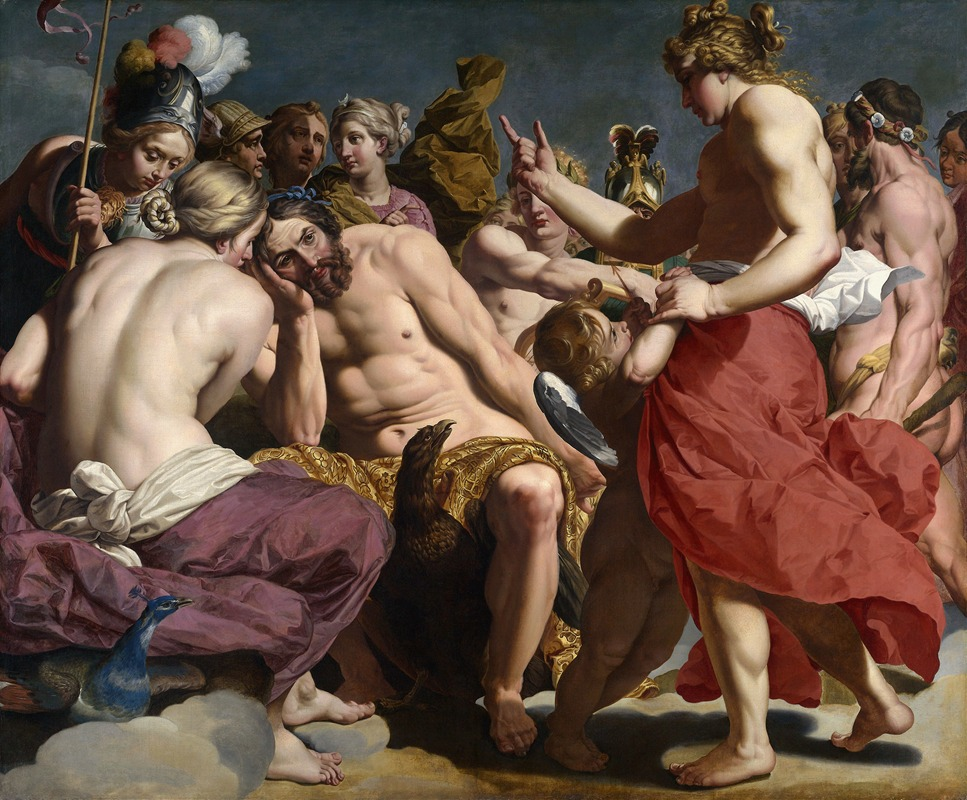

Ancient Romans believed in a multitude of gods and goddesses, each governing different aspects of life and nature. This pantheon included major deities like Jupiter (king of gods), Juno (goddess of marriage), Neptune (god of the sea), and Mars (god of war). Roman traditions involved numerous rituals, including animal sacrifices, to appease the gods and gain their favor. Temples were built as places of worship, where priests performed these rituals.
The Roman calendar was filled with festivals honoring their gods. Saturnalia is one such ancient festival dedicated to Saturn, the god of agriculture and time. It was characterized by feasting, role reversals, and gift-giving. In Rome, religion was deeply integrated into the state and public life. Priests held significant power, and auspices (interpretations of omens) were crucial in public and military decisions.
Ancient Celtic Paganism
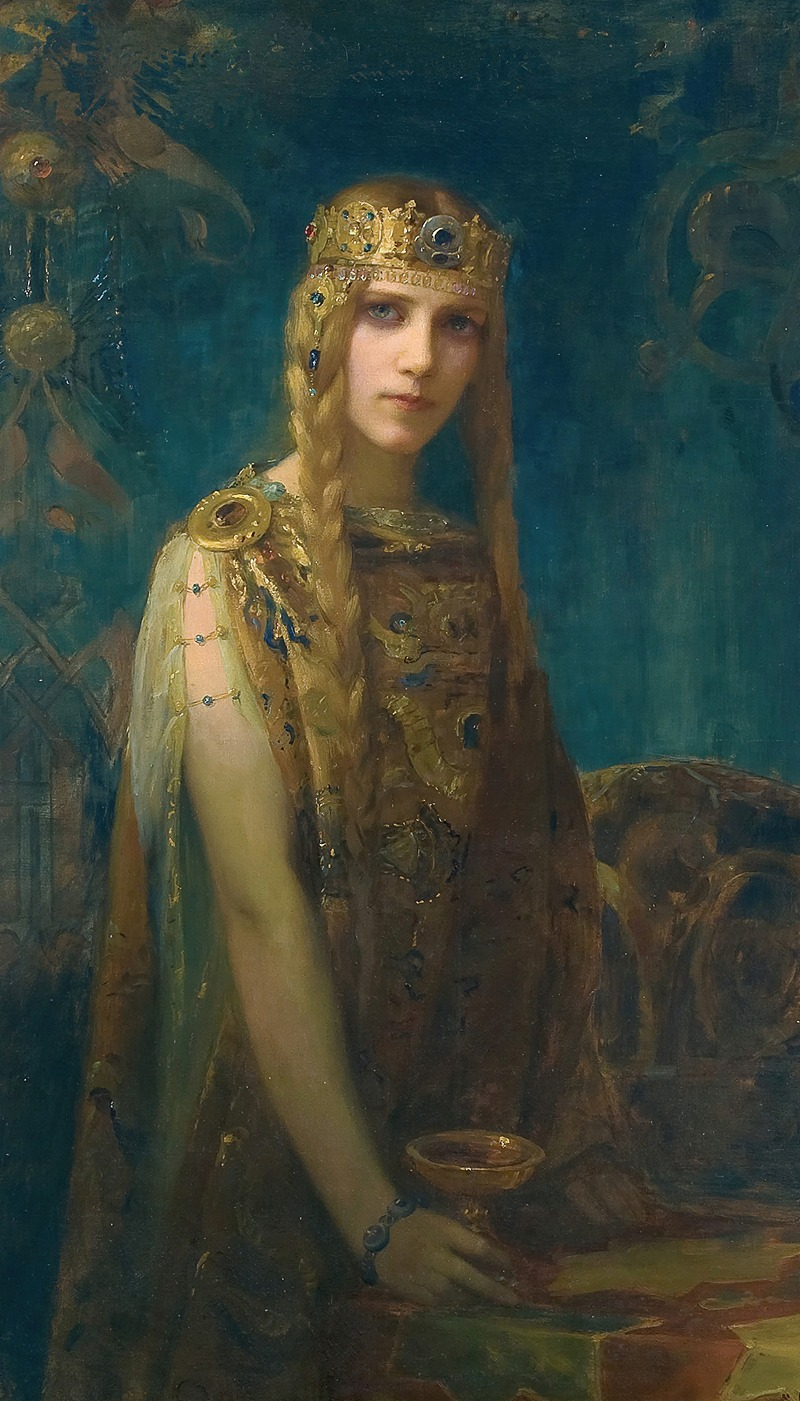

The Celts had a profound reverence for nature, evident in their worship of natural sites like groves and springs. Druids, the priestly class in Celtic societies, played a central role in religious, legal, and educational matters. Similar to the Romans, the Celts had a diverse pantheon, with deities like Brigid (goddess of healing), Cernunnos (horned god of nature), and Lugh (god of craftsmanship). Many of their gods were local or tribal-specific.
Their calendar was punctuated by seasonal festivals such as the ancient Celtic festival Samhain (marking the end of the harvest season), Imbolc (celebrating the beginning of spring), Beltane (the start of summer similar to a summer solstice celebration), and Lughnasadh (a harvest festival). Celtic paganism was rich in myths and legends, often passed down through oral tradition. These stories were integral to their understanding of the world and the workings of the supernatural. Even after the British Isles were Christianized, Celts continued to celebrate their holidays.
The Role of Natural Phenomena in Pagan Traditions
In pagan traditions, natural phenomena such as equinoxes, solstices, and eclipses hold significant spiritual and symbolic importance. These happenings are often seen as times of change, renewal, and celebration, often resulting in paganism festivals like fire festivals and other events.
For instance, equinoxes, symbolizing the balance between day and night, are celebrated as times of equilibrium and thanksgiving. Eclipses, on the other hand, might be viewed as moments of cosmic significance, bringing about transformation or signifying important omens. The reverence for these natural phenomena reflects paganism’s deep connection with the rhythms and cycles of the natural world.
A Closer Look at the Significance of Equinoxes in Pagan Traditions
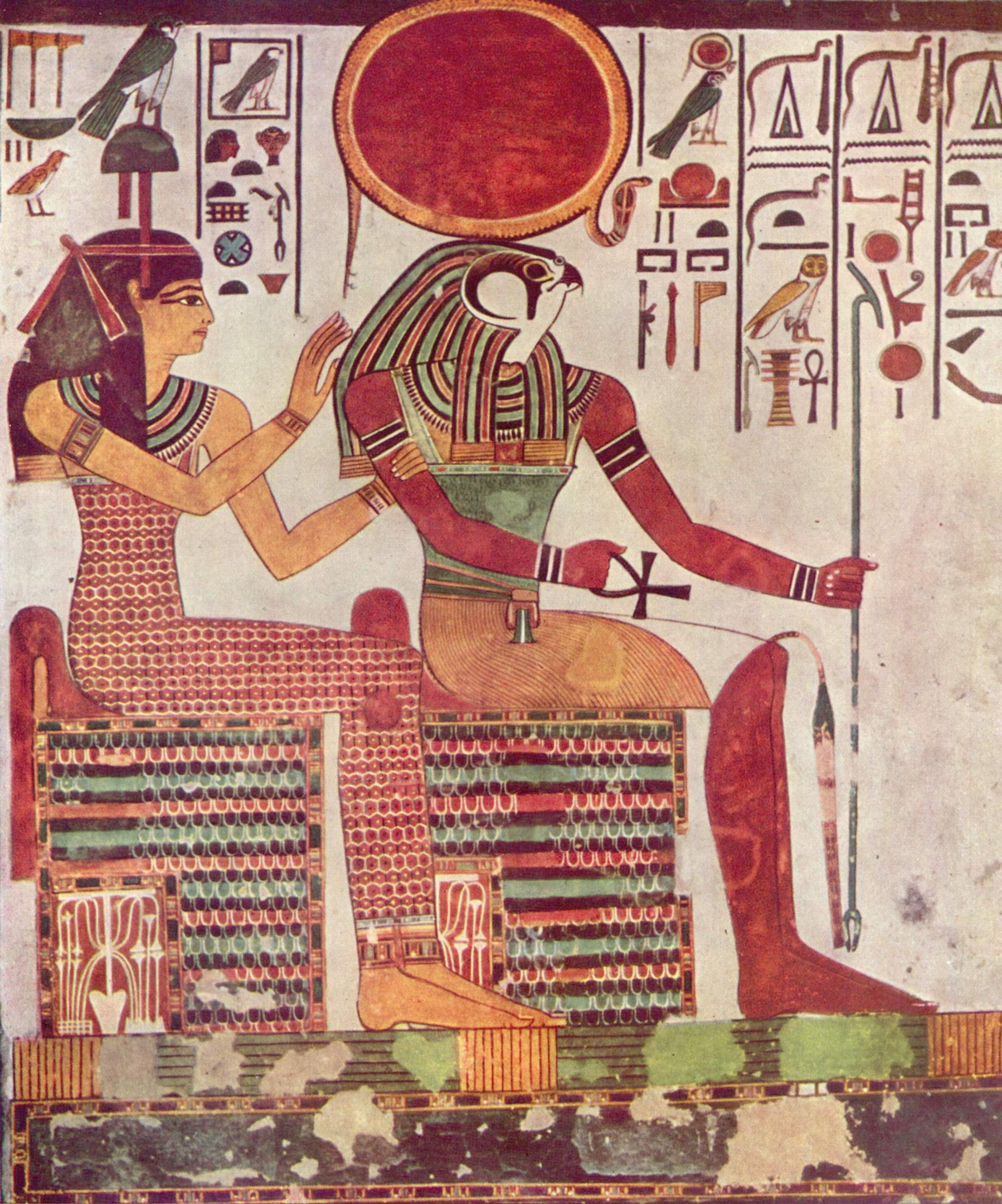

In ancient cultures, equinoxes were deeply significant, symbolizing the balance between light and darkness, and marking critical transitions in the seasonal cycle. The equinox, occurring twice a year, represents the moments when day and night are of equal length, symbolizing equilibrium.
To agricultural societies, the vernal (spring) equinox signaled the beginning of the growing season, while the autumnal equinox indicated the time for harvest. These periods were often associated with themes of renewal, fertility, and abundance.
Celebrations and Rituals Associated with Equinoxes
Equinox celebrations in pagan traditions were rich in rituals and ceremonies. The spring equinox, known in some traditions as Ostara, was celebrated with festivals of fertility and renewal, including the planting of new seeds and honoring of fertility deities. The autumnal equinox, or Mabon, was a time of thanksgiving, marked by feasts and the offering of the first fruits of the harvest to the deities. Rituals often involved decorating altars with seasonal symbols, communal gatherings, and the performance of rites to ensure the continued balance and harmony of the natural world.
Modern Interpretations and Celebrations of Equinoxes
In modern times, especially within neopagan and Wiccan communities, the equinoxes continue to be celebrated. Observers of contemporary paganism often draw inspiration from historical pagan traditions. These contemporary celebrations led by modern pagans might include rituals for balance and harmony, community feasting, and activities that reflect the changing seasons.
The spring equinox is seen as a time for new beginnings and growth, while the autumnal equinox is a period for reflection and giving thanks. The winter equinox honors the Sun God, as it is believed that he and light are reborn on this day. These modern interpretations and celebrations demonstrate the enduring legacy of pagan traditions and their adaptability to contemporary spiritual practices.
Eclipses in Pagan Lore and Rituals


In many ancient pagan societies, eclipses were viewed with awe and often interpreted as powerful omens. These celestial events were typically seen as interventions or messages from the gods, impacting both the natural world and human affairs.
In some cultures, eclipses were thought to portend significant changes or disasters, leading to feelings of apprehension and the need for protective rituals. The rarity and dramatic nature of eclipses contributed to their mystical and sometimes ominous perception in these ancient civilizations.
Rituals and Myths Surrounding Eclipses
Eclipse-related rituals and myths were common in pagan traditions as ways to interpret or mitigate the perceived effects of these events. These practices often involved propitiatory rites, offerings, or ceremonies designed to appease deities and ensure protection.
Myths surrounding eclipses varied greatly among different cultures but often included stories of celestial beings or monsters temporarily devouring or obscuring the sun or moon. These narratives provided a framework for understanding the unpredictable and extraordinary nature of eclipses.
The Influence of Pagan Beliefs on Contemporary Eclipse Celebrations
Contemporary celebrations of eclipses still bear the imprints of ancient pagan beliefs and rituals. While modern scientific understanding has demystified the nature of eclipses, many neopagan and spiritual groups continue to acknowledge the symbolic significance of these events.
In modern paganism, eclipses are often seen as times for reflection, transformation, and the renewal of energy. Rituals may include meditation, setting intentions, or gathering in groups to witness the event, reflecting a continued reverence for the profound impact of celestial phenomena on human consciousness and spirituality.
Other Natural Phenomena in Paganism
Solstices and Their Importance in Pagan Cultures
Solstices hold significant importance in various pagan cultures due to their representation of the sun’s strength and the changing of the seasons. The winter solstice, the shortest day of the year, is often celebrated as a time of rebirth and renewal, marking the return of longer days. This solstice has been historically associated with festivals celebrating the sun’s resurgence.
Conversely, the summer solstice, the longest day of the year, is a celebration of the sun at its peak strength and is often linked with themes of fertility and abundance. These celebrations typically involve rituals, feasting, and community gatherings, honoring the power and cycles of the sun.
Celestial Events and Their Role in Pagan Beliefs
Beyond equinoxes and solstices, other celestial events such as meteor showers, comets, and planetary alignments also play a significant role in pagan beliefs. These events are often viewed as harbingers of change or messages from the divine, and they are typically observed and celebrated with rituals and ceremonies.
The interpretation and significance of these celestial events vary among different pagan traditions, but they generally reflect the deep connection pagans feel with the cosmos and its influence on life on Earth.
How Natural Phenomena Influence Pagan Rituals and Festivals
Natural phenomena profoundly influence pagan rituals and festivals, as they are often seen as manifestations of divine power or expressions of the natural world’s rhythm. Celebrations like Beltane and Samhain, tied to specific natural cycles, underscore this connection.
Pagans may use these occasions to perform rituals that align with the energy of the natural event, such as planting seeds during the spring or harvesting during the autumn. These practices are not just mere acknowledgments of these phenomena but are deeply embedded in the spiritual and practical lives of those following pagan traditions, serving as a means to synchronize human activity with the natural world’s rhythm.
Syncretism: Blending Pagan and Modern Religious Practices
Syncretism in religious celebrations refers to the blending of different cultural and religious traditions into a single practice. A prominent example is the Christian holiday of Christmas, which integrates various elements of pagan winter solstice festivals, such as the use of evergreen trees and the celebration of light during the darkest time of the year.
Another example is Easter, whose name and symbols like the Easter egg and the Easter bunny have connections to Eostre, a goddess in Anglo-Saxon paganism associated with spring and fertility.
The Influence of Paganism on Major Modern Religious and Secular Holidays
Pagan traditions have significantly influenced many modern religious and secular holidays. For instance, Halloween, celebrated on October 31st, has its roots in the ancient Celtic festival of Samhain, marking the end of the harvest season and the beginning of winter.
This festival involved various rituals to ward off evil spirits, which have evolved into modern Halloween customs like dressing up in costumes. Similarly, May Day or Beltane celebrations, involving the Maypole dance, are derived from ancient Celtic traditions celebrating spring and fertility.
The Continuing Impact of Pagan Traditions in Contemporary Culture
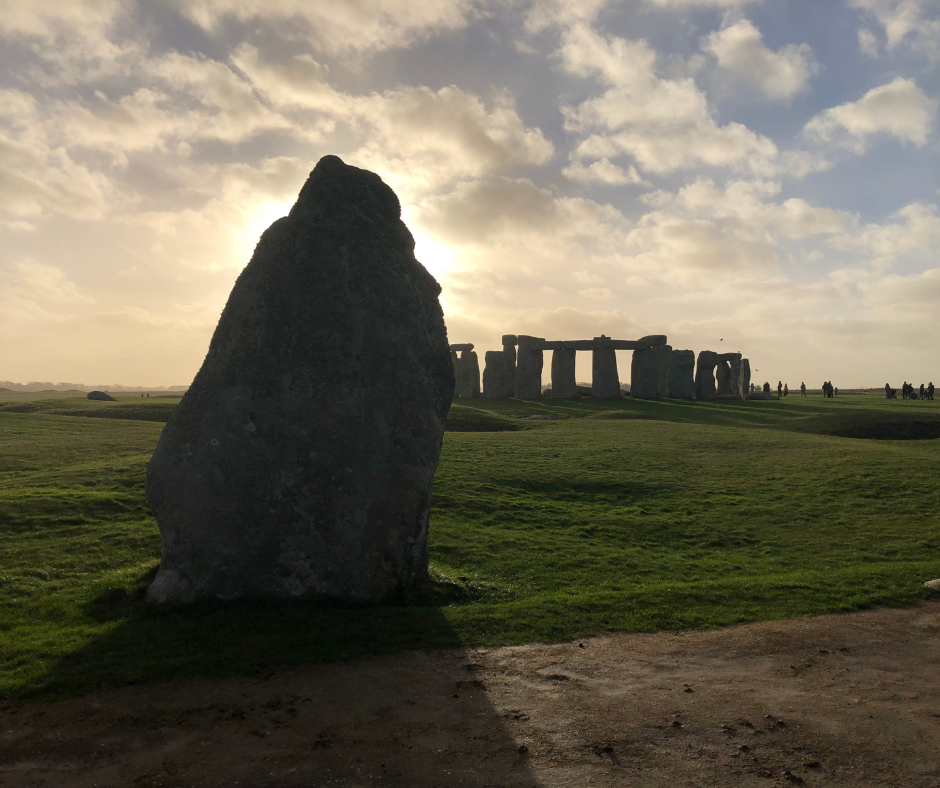

The impact of pagan traditions continues in contemporary culture, not only in religious practices but also in various cultural expressions and lifestyle choices. Neopaganism, as a spiritual movement, actively revives and practices these ancient rituals and beliefs.
Additionally, pagan symbols and practices have permeated popular culture, literature, and art, reflecting an enduring fascination with these ancient traditions. This ongoing influence underscores the deep human connection to natural cycles and the universal themes of renewal, transition, and celebration inherent in these ancient practices.
Resurgence of Interest in Celebrating Solstices and Equinoxes Across the Western World
The resurgence of interest in celebrating equinoxes and solstices in the Western World can be attributed to several factors. One key aspect is the growing interest in neopaganism and nature-based spirituality.
This modern religious movement emphasizes a polytheistic or pantheistic nature-worshipping religion, closely aligned with the natural world and its cycles. The ‘Wheel of the Year,’ which marks the solstices, equinoxes, and the midpoints between each, forms a crucial part of neopagan beliefs, with celebrations held on each of these days.
Additionally, there is a wider cultural and spiritual shift toward recognizing and reconnecting with natural phenomena. This shift is partly driven by a desire for deeper connections with nature and a search for more meaningful, seasonally-aligned ways of living.
Celebrations like Mabon, associated with the autumnal equinox, have gained popularity as they symbolize themes relevant to modern life, such as balance, thanksgiving, and reflection. This interest is not limited to strictly religious contexts but extends to broader cultural practices.
Moreover, as fewer people in places like Britain and other European countries identify strictly with traditional religions, there’s an increase in those who describe themselves as ‘spiritual nones.’ These individuals often seek spirituality without adhering to a specific faith, leading them to explore and adopt aspects of various traditions, including those with pagan roots. The resurgence is also reflected in the architectural and cultural heritage, such as the alignments of ancient structures like Stonehenge with the solstices, underscoring a historical human fascination with these natural events.
This renewed interest in equinoxes and solstices is part of a broader trend towards exploring spirituality, reconnecting with nature, and discovering or rediscovering cultural and historical practices that resonate with contemporary life.
Taking a Closer Look at Neopaganism and the Revival of Ancient Practices
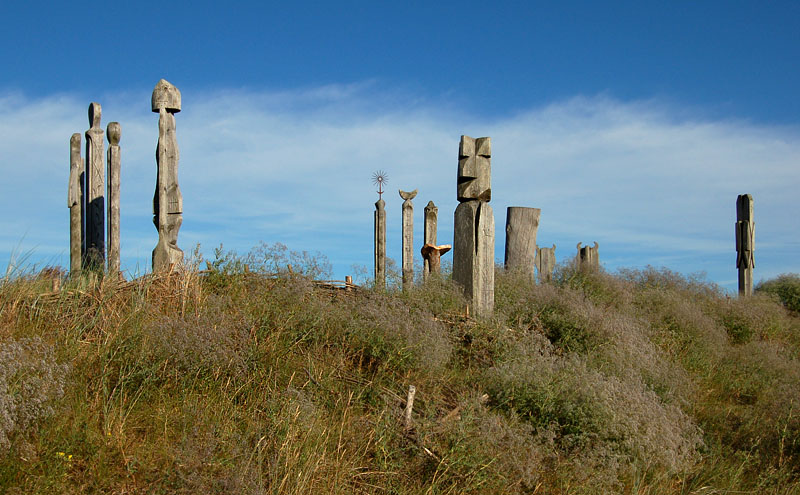

Neopaganism, a term encompassing a variety of modern religious movements inspired by ancient pagan beliefs, has seen a significant resurgence in modern times. This revival can be attributed to a growing desire for spiritual practices that emphasize a close connection with nature, personal experience, and ecological awareness.
Neopagan traditions are diverse and often include Wicca, Druidry, and Heathenry, each drawing inspiration from different ancient cultures and their respective mythologies and rituals. The rise of neopaganism is also a response to the perceived limitations of monotheistic and materialistic paradigms in addressing spiritual and ecological concerns of contemporary society.
How Neopagans Celebrate Equinoxes, Eclipses, and Other Natural Events
Neopagans often celebrate equinoxes, solstices, eclipses, and other natural events with rituals and ceremonies that honor the cycles of nature and the specific energies associated with each event. For instance, the spring equinox, or Ostara in Wiccan tradition, is celebrated as a time of renewal and rebirth, often with rituals that involve planting seeds or honoring fertility.
The autumn equinox, or Mabon, is typically observed as a time of thanksgiving and balance. Eclipses might be seen as times of profound change and reflection. These celebrations are not only a form of worship but also a means of fostering a deeper connection with the natural world and its rhythms.
The Relevance of Ancient Pagan Practices in Today’s World
The relevance of ancient pagan practices in today’s world lies in their focus on nature, cyclical time, and a holistic view of the universe, which offers a counterpoint to the linear and anthropocentric perspectives dominant in much of modern Western culture. In a time of environmental crisis and a search for sustainable ways of living, these practices provide an alternative framework for understanding and interacting with the world.
Additionally, they offer a spiritually fulfilling path for individuals seeking a more personalized and direct experience of the sacred, outside of traditional institutionalized religions. The revival of these practices reflects a broader cultural shift towards valuing diversity, ecological awareness, and spiritual pluralism.
Final Thoughts About Paganism and the Celebration of Natural Phenomena
In exploring the pagan roots of celebrating natural phenomena such as equinoxes, solstices, and eclipses, we have traversed a rich cultural and historical landscape. From the ancient Roman and Celtic traditions, which exemplified the pagan reverence for natural cycles through elaborate rituals and myths, to the modern resurgence in these practices through the neopagan movement, the thread of continuity is evident.
This resurgence reflects a collective yearning for deeper connections with the natural world, a sense of community, and a desire for spirituality that transcends traditional religious boundaries. Understanding these ancient traditions sheds light on their enduring impact on contemporary cultural and religious practices. It highlights the importance of acknowledging our historical and spiritual heritage and how it continues to shape and enrich our modern worldview.
The revival of these practices, rooted in nature and cyclicality, offers valuable perspectives in an era increasingly defined by ecological consciousness and a search for more holistic and inclusive spiritual expressions.








